🕴️ How the Mob Got Mixed Up with Disco: The Rise and Fall of Jacques Fred Petrus, the man behind Change and "A Lover's Holiday"
The Twelve Inch 168 : A Lover's Holiday (Change)
By the late '70s, disco wasn’t just a trend, it was a $4 billion business in the US alone. That kind of money draws in everyone: dreamers, hustlers, and sometimes, the mob.
There’s long been speculation about how organized crime might’ve had its hands in the disco scene. It’s hard to prove, most stories are whispers. But one story stands out with certainty: the rise and fall of Jacques Fred Petrus. He built a global disco empire, helped bridge the gap between the U.S. and Europe, and ended up dead, shot multiple times in the head in 1987. The case was never solved.
Let’s follow the beat (and the money) and dive in.
Welcome, I’m Pe Dupre and I’m really glad you’re here. This is “The Twelve Inch”, my newsletter that tells the history of dance music between 1975 and 1995, one twelve inch at a time.
If you’ve received this newsletter, then you either subscribed or someone forwarded it to you. If you fit into the latter and want to subscribe, please do so. That way you will not miss any of my weekly episodes.
🌍 From Guadeloupe to Global Hits
Jacques Fred Petrus was born in 1948 in Guadeloupe. At 15, he left the island as a ship mechanic and made his way to Europe. By 1968, he was DJing in Paris, but it was Milan where the real story began. He landed a gig at the Good Mood club, and while he kept spinning records, he knew he couldn’t do it forever.
So Petrus shifted gears. He started importing American soul and R&B records for Italian clubs, turning his passion into a business: Goody Music.
Even that story is remarkable, a teenager crossing the world from the Caribbean to Europe and helping bring disco to Italy. It was a journey driven by a love of music, but just as much, by a hunger for success, recognition, and power. Buying and importing records wasn’t enough. Petrus wanted his name on the music.
This is one of the other acts. Launched in 1982, it is much more synth funk than Italo
🎤 Session Bands, Studio Magic, and the Birth of Italo Disco
Time to introduce the other key figure in this story: Mauro Malavasi.
Malavasi was already a trained classical musician when he met Petrus. Educated at the conservatory in Bologna, he studied piano, choral music, and composition. With Malavasi on board, Petrus had what he needed to move from importing records to making them. In 1978, the two launched Goody Music Productions and started releasing original material.
Together with bassist (and co-composer) Davide Romani, they developed a sound that blended American soul with European electronics, a sleek, synthetic fusion. It was an attempt to capture the gloss of American production while leaning into the emerging sounds of synth-pop. Whether they knew it or not, they were laying the foundations for what would soon be called Italo Disco.
Between 1978 and 1982, Petrus and Malavasi released records under made-up band names using session musicians. Some projects were one-offs, like Revanche and Macho. Others, Change, the BB&Q Band, Peter Jacques Band, became international successes.
Their production model stood apart from typical Eurodisco. The music was written and recorded in Italy, then shipped to the U.S. for vocals and final mixes, often in New York. The result was a sound that felt American, but was largely made in Europe.
Their breakthrough came when Macho’s “I’m a Man,” a cover of the 1967 Spencer Davis Group track, hit number one on the Billboard dance chart. It was the first Italian production ever to do so.
🔥 “A Lover’s Holiday”: The Perfect Cross-Atlantic Hit
The real breakthrough came in 1980 with the launch of Change and their debut album The Glow of Love. The first single, “A Lover’s Holiday,” became a million-seller.
What made The Glow of Love stand out was how perfectly it matched the mood of U.S. dancefloors. But Petrus’s smartest move may have been his choice of vocalists. Alongside Jocelyn Brown, two tracks featured a then-unknown Luther Vandross, just before he signed his first solo deal with CBS. Petrus even brought in American and British lyricists to tailor the songs to the U.S. market.
Change began as a studio project, so there are no photos from its early days, this image is from the later ’80s. The group still exists today btw, revived by Mauro Malavasi. They continue to release new music and perform live.
It was all part of a clear strategy: crack America first, then Europe. And it worked. “A Lover’s Holiday,” along with its two follow-ups, topped the Billboard Dance chart and crossed over into the Hot 100, a rare feat in a moment when radio had turned its back on anything that still sounded like disco.
🏛️ RFC the gate to success
A big reason for Change’s success was label support. As we’ve seen with acts like Indeep (independent) and Technotronic (major), it makes a world of difference. Change had the backing of a major: Warner Bros., through its newly launched RFC label.
RFC stood for Ray Francis Caviano, one of the most influential promo men in the disco world. He got his start at TK Records and was their key player in New York. When Warner finally jumped on the disco bandwagon, they wanted to move fast, and poached Caviano with the promise of running his own imprint.
Caviano knew exactly how to break a disco record. He had strong ties with New York’s DJs and understood the power of club play. Crucially, he went beyond the city, involving top DJs across the U.S. in the promo push. He also helped launch Gino Soccio’s career.
But his biggest and most profitable signing was Change. Petrus and Malavasi, aware that strong U.S. promotion was key, sought out a deal with RFC. Their slick, studio-crafted sound and international appeal made Change a perfect fit for Caviano’s vision.
The result: The Glow of Love was released on RFC in 1980, with Warner Bros. handling U.S. distribution, and giving Change the platform they needed to break through.
One of the standout tracks from the Peter Jacques Band’s second album.
🎛️ Remix Royalty: Jim Burgess’s Role
Nothing was left to chance. For the lead single, “A Lover’s Holiday,” RFC and Petrus brought in Jim Burgess to do the remix. Burgess was one of New York’s top DJs, and alongside names like Tom Moulton, Walter Gibbons, and John Luongo, he was among the most influential remixers of the era.
Thanks to his close ties with Ray Caviano, Burgess did a lot of work for Warner Bros. He was a pioneer in creating extended, dancefloor-friendly versions of mainstream pop and rock tracks, something few others had done at the time. His 12-inch remixes of “Lotta Love” (Nicolette Larson), “What a Fool Believes” (Doobie Brothers), “Do Ya Think I’m Sexy?” (Rod Stewart), and “I Was Made for Lovin’ You” (Kiss) all became club staples.
One of Burgess finest remixes!
Burgess had an unusual background for a DJ, he was a trained opera singer, and brought that theatrical flair to his sets. He often mixed in film dialogue during transitions, adding drama and storytelling to the dancefloor experience. He was also a mentor to a young John “Jellybean” Benitez, who later recalled the advice Burgess gave him : "Jim was a classically trained tenor, so his musical background was invaluable in both his DJ and remixing careers. Jim was the person who convinced me to throw away my BPM [Beats Per Minute] book because he felt that the blends tend to be more musical as opposed to when you're simply matching beats. He was right! That was the single most important thing I learned from him."
Luckily, some of Jim Burgess’s legendary sets have been preserved. If you want to hear what he sounded like behind the decks—complete with a hypnotic intro—here’s a six-hour recording from a summer night at the iconic New York club 12 West. Even if you just listen to the first 30 minutes you will hear how precise his beat mixing was
🕺Disco, Funk or Italo ?
In his memoir Le Freak: An Upside Down Story of Family, Disco and Destiny, Nile Rodgers recounts a moment from the 1979 Cashbox magazine annual party, held not long after the infamous “Disco Demolition Night” (which I’ve covered in earlier episodes).
The event took place in a two-level venue: dinner upstairs, dancing downstairs. After the formalities, guests were supposed to move to the disco on the groundfloor. But no one did. As the restaurant grew unbearably crowded and hot, Nile Rodgers and Bernard Edwards decided to take the lead and head down, hoping others would follow. No one did.
Only later did they realize why: above the door to the club space was a glowing neon sign that read “DISCO”, and by that point in 1979, no one wanted to be seen walking under it.
One of my favorites among their productions. Pure Hi-NRG disco
Disco may have become toxic in the U.S., but that wasn’t the case in Europe. In Italy, disco production never really stopped. What we’d eventually call Italo disco in the ’80s was, at its core, a direct continuation of the Eurodisco sound that dominated the late ’70s.
It’s also important to remember that while Disco Demolition Night sent shockwaves through the record industry, many actual disco fans, especially in cities like New York and San Francisco, didn’t share the backlash. People still went out, and they still wanted new dance music. So when U.S. disco production suddenly slowed down, Italy was ready to fill the gap. And the producers who had already found success on dancefloors knew exactly how to get their tracks played.
It was the perfect moment for Change. But Jacques Fred Petrus and Mauro Malavasi weren’t just chasing another club hit, they were aiming to fuse Italian musical craftsmanship with slick American production values. Their clear reference point was CHIC. And that’s what makes “A Lover’s Holiday” (and the Glow of Love album as a whole) so interesting. It blends early ’80s synth-funk with the DNA of Italo disco. The result is something that’s disco, funk, and Italo all at once, truly the best of all worlds.
Was it just a CHIC imitation? In part, yes. Like many acts of the time, Change was influenced by CHIC. But Change also developed a sound of its own: smoother, more melodic, and more refined. Where CHIC had a harder, funk-driven edge aimed directly at the listener, Change leaned into a softer, more polished and airy feel. That difference in tone helped define their unique place in early ’80s dance music.
💿 Beyond Disco: Change Evolves, Petrus Expands
Following his late ’70s run of successes, Jacques Fred Petrus made a major shift in how he operated. With growing interest from the U.S., he opened an office in New York and began working under a new name: Little Macho. While Goody Music Productions continued in Italy until 1982, the focus moved firmly to the States.
After Change, more acts followed, built on the same production model. But Petrus kept evolving, rooting the business more deeply in the U.S. and slowly cutting ties with Italy. Over time, he stopped working with many of the Italian musicians who had been central to his earlier success, replacing them with American performers now within reach.
With success came attention—and plenty of people wanted in. But as more collaborators came into the fold, a consistent theme began to emerge: Petrus’s abrasive, often ruthless way of doing business. Much of this can only be pieced together from anecdotes and hearsay, but one thing seems widely agreed, Jacques Fred Petrus treated people poorly
One of the acts they started to produce : the Ritchie Family
🧨 The Empire Crumbles — and So Does GMP
It was around this time that Petrus’s long-standing partnership with Mauro Malavasi came to an end. In later interviews, Malavasi pointed to a mix of personal and professional reasons for his departure from New York. “Honestly, I had enough of it,” he said. “I didn’t feel American, I couldn’t focus my life on making money.” He also hinted at tensions behind the scenes, vaguely referring to “conflict with Goody Music.” The partnership that helped shape the sound of Italo Disco was over.
As Petrus distanced himself from his collaborators, his personal and financial troubles mounted. His treatment of those around him became increasingly harsh, and as the hits slowed down but his ambitions didn’t, he began borrowing money, from increasingly shady sources. The links between disco and organized crime in both Italy and New York have long been the subject of speculation. While details are hard to confirm, Petrus’s own connections to the mafia stretch back to his time in Milan. It’s believed he may have done work for them, possibly through money laundering. But as his fortunes declined, the direction of those favors seemed to reverse. We may never know the full truth, but there’s a real possibility that some of the most iconic early ’80s disco tracks were funded with mafia money.
Goody Music Productions (GMP), which had once been a serious force, couldn’t keep up. Until 1980, GMP was still a label to watch, but after that, the release schedule thinned out dramatically. By 1982, it was clear Petrus could no longer sustain the operation. His ambitions had outgrown his resources, and GMP officially folded that year.
As for Change, The Glow of Love set the stage for a string of follow-ups: Miracles (1981), Sharing Your Love (1982), and This Is Your Time (1983), with the sound gradually shifting toward R&B and funk. But cracks were showing. By 1984, Petrus handed production duties to Jimmy Jam & Terry Lewis for Change of Heart, which brought a commercial rebound. Still, the momentum didn’t last.
The final album, Turn on Your Radio (1985), flopped. By then, Petrus had run out of steam, and money.
💀 A Violent End: Petrus is Murdered in Guadeloupe
In 1987, Jacques Fred Petrus was found dead, shot in the head at his villa. No one was ever charged. But many saw it coming.
He had burned bridges. He borrowed money he couldn’t pay back. He treated people poorly. As Bobby Douglas, a former collaborator, put it: “You can’t be that evil, to that many people, and not have your karma affected.”
🎧 Why This Story Still Matters
Petrus’s empire helped shape the sound of (the immediate) post-disco. He was instrumental in the evolution of Italo Disco, launched the careers of artists like Luther Vandross, and connected European and American dance music. But his story also shows how ambition, ego, and shady deals can undo everything.
Change was more than a Chic knockoff. It was a bridge between two worlds, and a warning of what happens when the business overtakes the music.
🙋 Your Turn: What’s Your Memory of "A Lover’s Holiday"?
Drop a comment and share where you first heard it. On a mixtape? In a club? At a school dance?
Sharing these stories keeps the beat alive.
Further reading (or should I say watching)
There are a number of interesting video’s/links :
So You Wanna Hear More ?
I thought you would !
It’s fun to write about music but let’s be honest. Music is made to listen to.
Every week, together with this newsletter, I release a 1 hour beatmix on Mixcloud and Soundcloud. I start with the discussed twelve inch and follow up with 10/15 songs from the same timeframe/genre. The ideal soundtrack for…. Well whatever you like to do when you listen to dance music.
Listen to the Soundtrack of this week’s post on MIXCLOUD
Or on Youtube :
So what’s in this week’s mix ?
This week’s mix is a tribute to that unmistakable eighties funk guitar sound, a sonic thread running through nearly every track. Popularised in large part by Chic and the distinctive playing of Nile Rodgers, this guitar-driven groove became a defining feature of early synth-funk.
You’ll catch its subtler side in the mix’s lead-off track, “A Lover’s Holiday” by Change. While less overt than the punchier American funk cuts that dominate the playlist, it still carries that same infectious energy. Another outlier in the mix is Peter Tosh’s “Buk-In-Hamm Palace”, a quirky blend of disco and reggae from a time when disco had begun to fade from the mainstream. Yet somehow, it meshes beautifully with the rest of the selection.
You’ll recognize some classics here, “And The Beat Goes On” by The Whispers, “Ladies Night” by Kool & The Gang, and Delegation’s “You And I.” But I’ve also dug a little deeper for gems by Bruni Pagan, Tracy Weber, Carol Lloyd, Jackie Moore, and Frisky.
Enjoy
Next week, we’ll dive deep into mid-eighties dance-pop, one of Arthur Baker’s finest remixes will be our entry point.









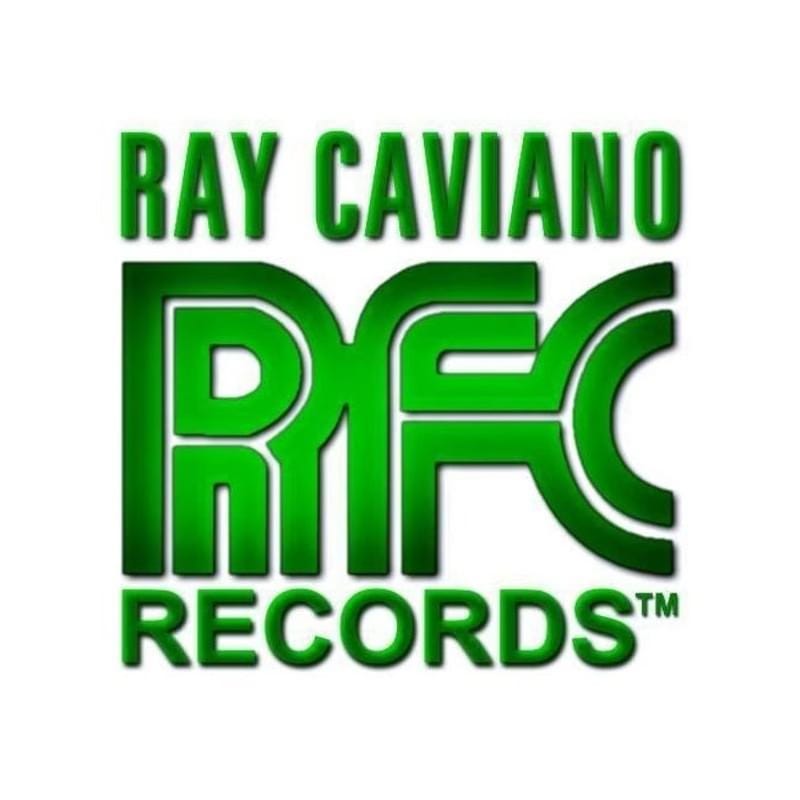
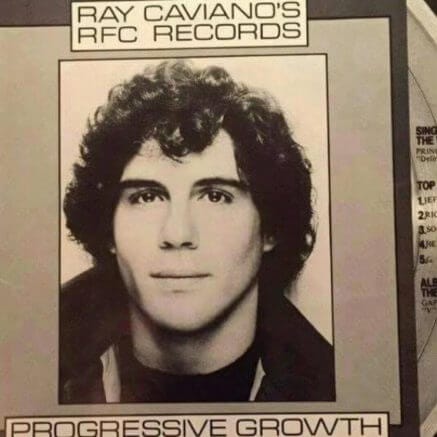
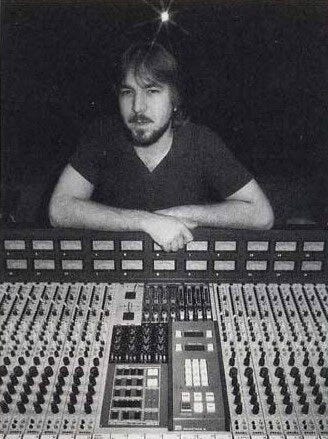
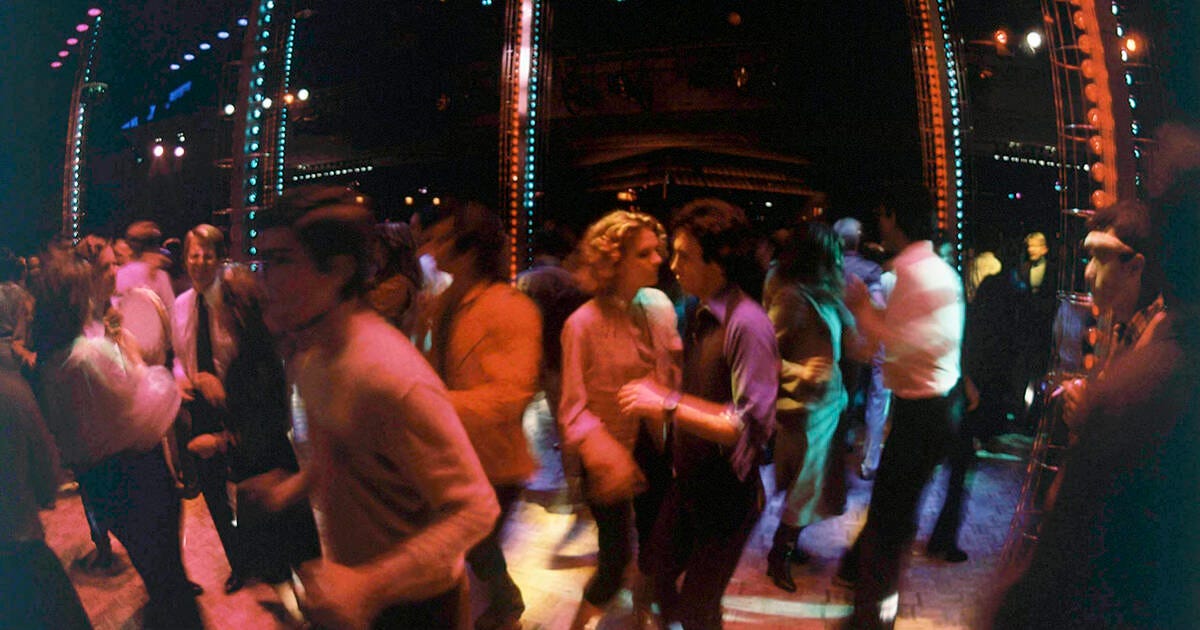

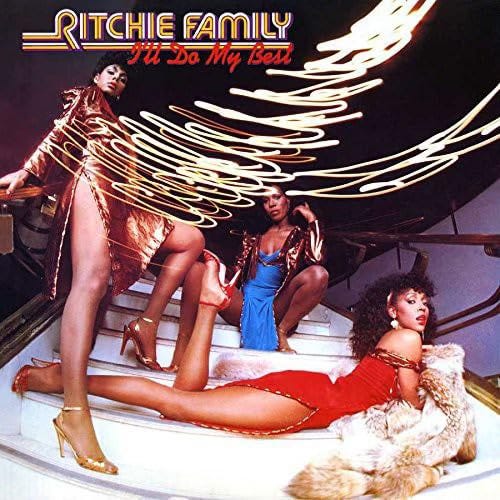
Nice write up!
You note how being a studio project there were no photos of Change in the early days. I find it fascinating how an industry dominated by the star making machinery of rock went about marketing a genre like disco crafted by faceless producers and sessioners. The first Change album to feature a group photo on the cover (as opposed to an abstract illustration) appears to be the third, 1982's Changing Your Love, which displays the same line up shown above sporting an upmarket dress code clearly influenced by Chic, although I don't remember Nile Rodgers & co ever looking so awkward! The 1981 UK only single Stop For Love also featured an unidentified couple on the sleeve. If anyone reading can confirm who they are, I would be grateful.